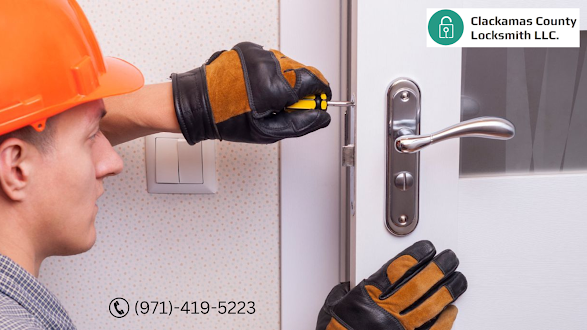What is the Difference Between Re-Keying a Lock and Changing a Lock?
Ensuring the security of our homes is of paramount importance, and one aspect of home security involves the locks on our doors. Over time, situations may arise where you need to modify the access to your home, either due to security concerns or changes in occupancy.
When addressing such situations, you may encounter the terms "re-keying a lock" and "changing a lock". While both processes are aimed at enhancing security, they differ in their approach and outcomes.
In this article, we will explore the differences between re-keying a lock and changing a lock.
Re-Keying a Lock:
Re-keying a lock involves altering the internal mechanism of the existing lock so that it operates with a new set of keys. During this process, the locksmith or a qualified professional disassembles the lock cylinder and replaces the pins and springs inside.
The new pins are set to match a different key pattern, rendering the old keys ineffective. Essentially, the physical hardware of the lock remains intact, and only the configuration of the key is changed.
When is Re-Keying a Lock Recommended?
Re-keying is an ideal solution in the following situations:
Lost or Stolen Keys: If you lose your keys or suspect they were stolen, re-keying allows you to maintain security without replacing the entire lock.
Moving into a New Home: When you move into a new residence, it's a good security practice to re-key the existing locks. This ensures that previous occupants or anyone who might have had access to the keys cannot enter your home.
Master Key Systems: If you need a master key system, where one key can open multiple locks while each lock also has its individual key, re-keying is used to create a unique keying system.
Cost-Effectiveness: Re-keying is generally more cost-effective than changing locks since it doesn't require new hardware.
Changing a Lock:
Changing a lock, on the other hand, involves entirely replacing the existing lock with a new one. This means removing the old lock hardware from the door and installing a brand new lock with a different keying system. The previous keys will no longer work, and a new set of keys will be provided with the new lock.
When is Changing a Lock Necessary?
Changing a lock is more appropriate in the following scenarios:
Compromised Security: If your current lock is damaged, worn-out, or compromised in any way, it's best to replace it entirely for maximum security.
Upgrading Security: If you want to improve the security of your home significantly, changing to a more advanced lock or a high-security lock is recommended.
Aesthetic Purposes: If you're renovating your home and want locks that match the new design or style, changing the locks is the way to go.
Keyway Incompatibility: Sometimes, the existing locks might be of different brands, and having them re-keyed to match the same key might not be possible. In such cases, changing the locks becomes necessary.
Conclusion:
In conclusion, re-keying a lock and changing a lock are both valuable methods of enhancing security, but they serve different purposes. Re-keying allows you to alter the keying system of an existing lock without changing the physical hardware, while changing a lock involves replacing the entire lock with new hardware and a different keying system.
Consider your specific requirements and consult with a professional locksmith to determine the best course of action to secure your home effectively. Whether you choose to re-key or change your locks, the ultimate goal remains the same – safeguarding your home and providing peace of mind for you and your loved ones.




Comments
Post a Comment